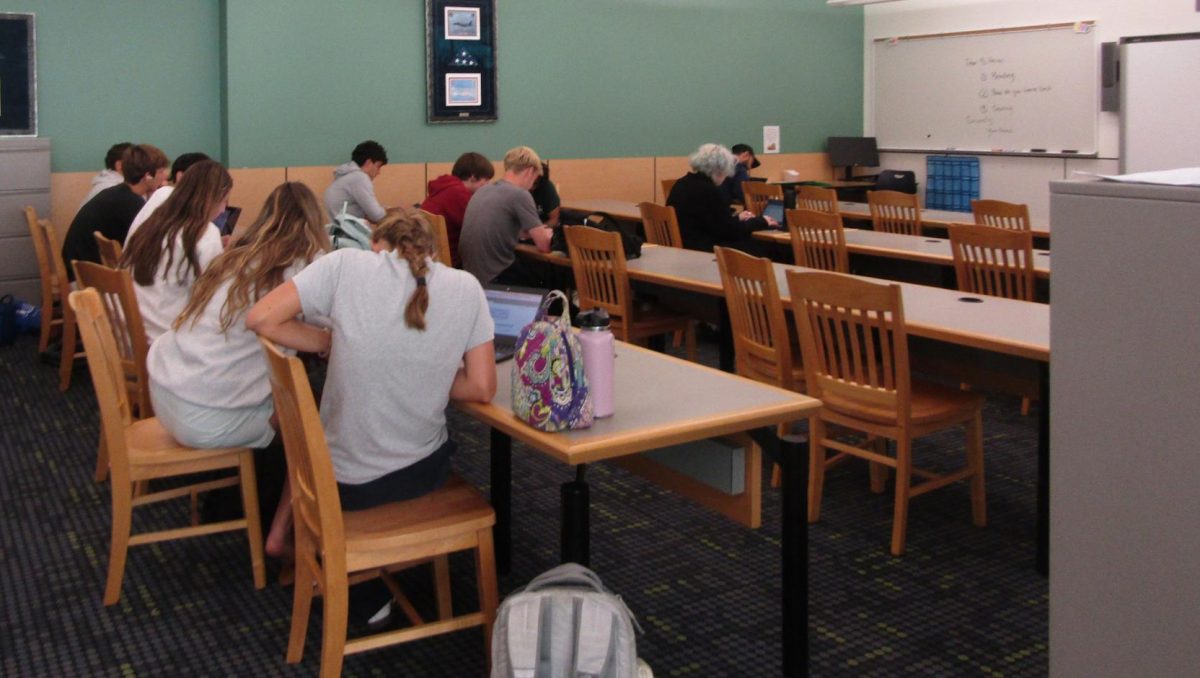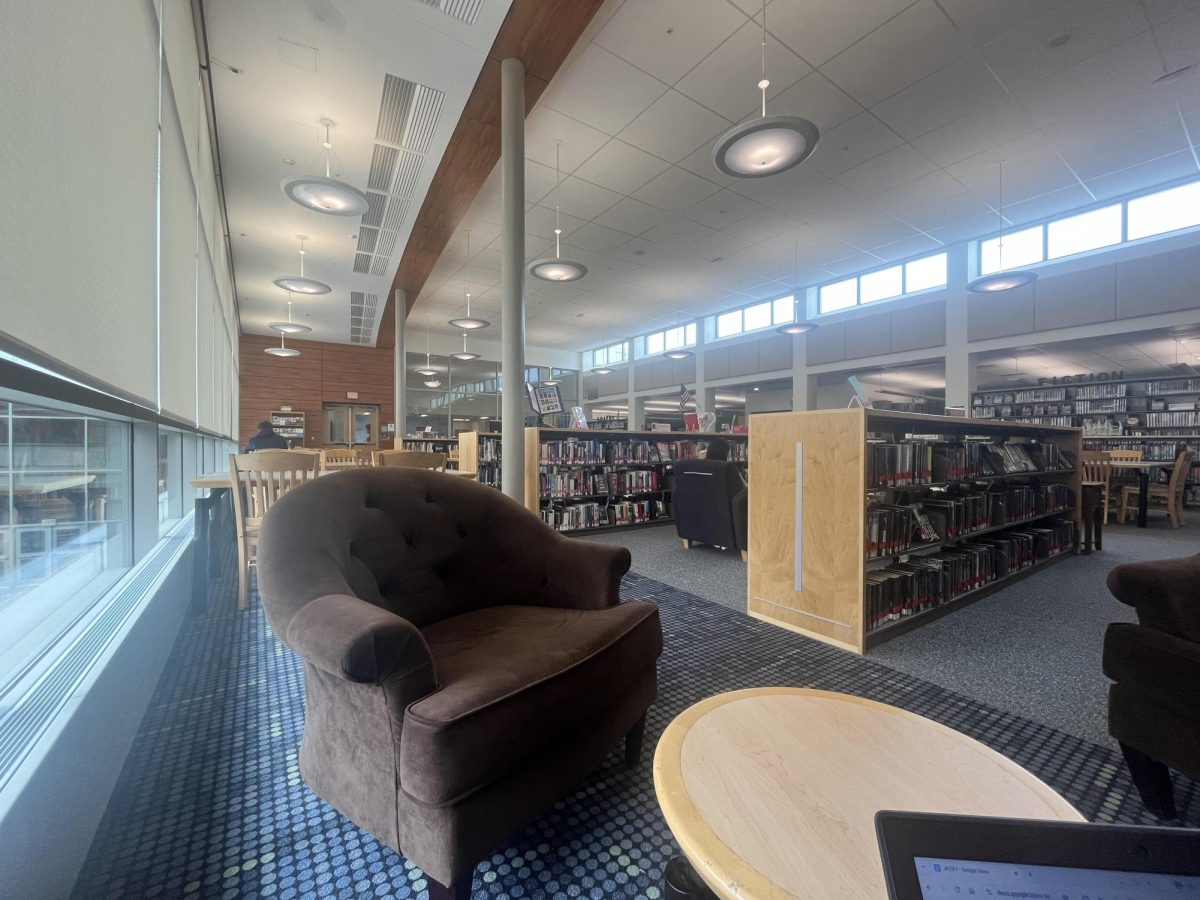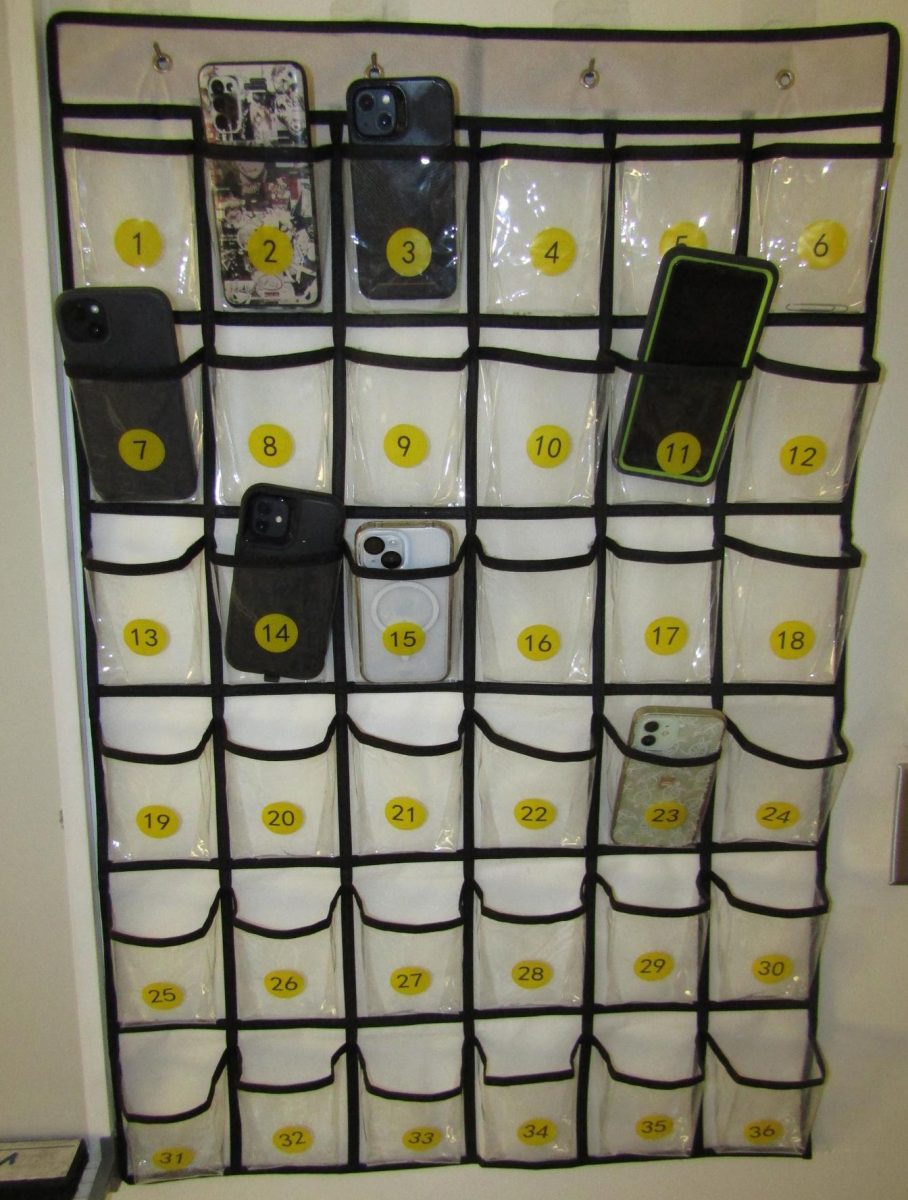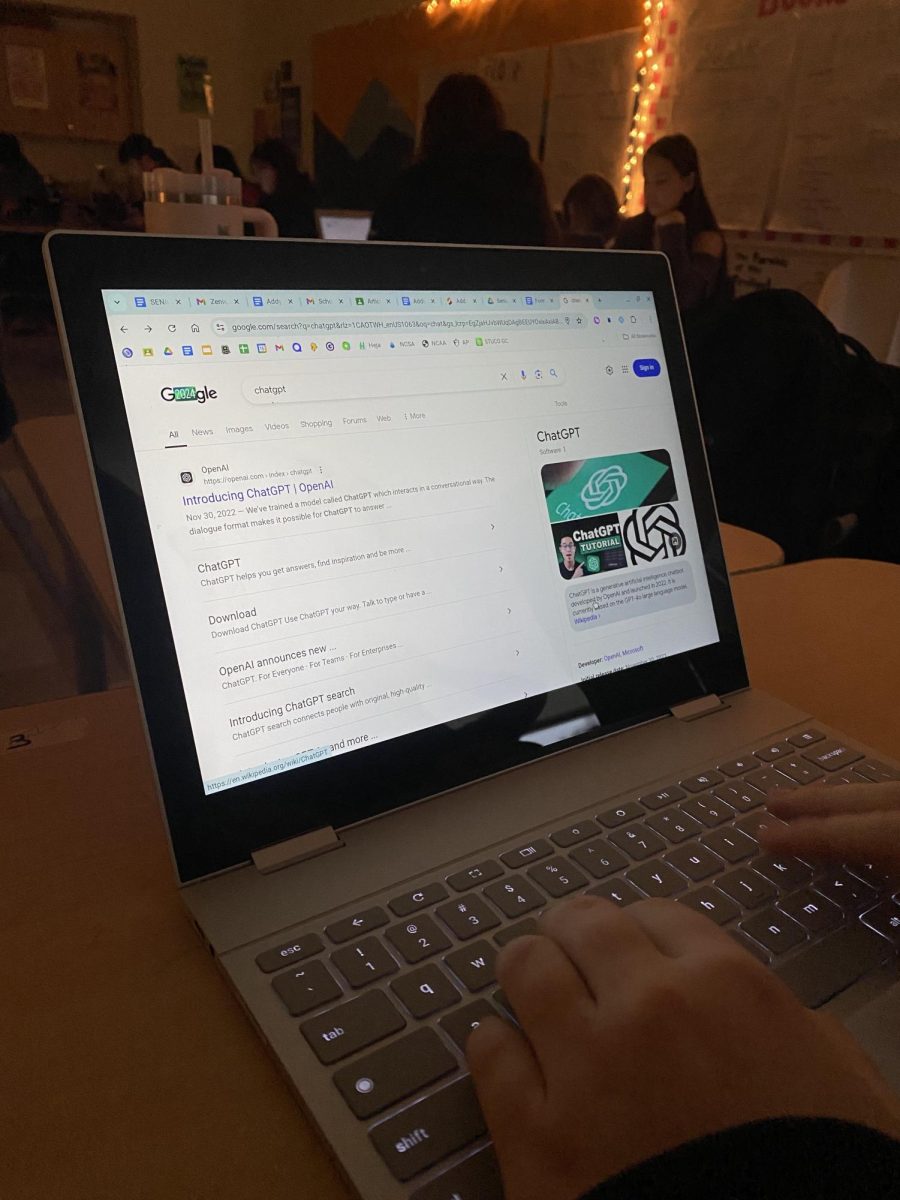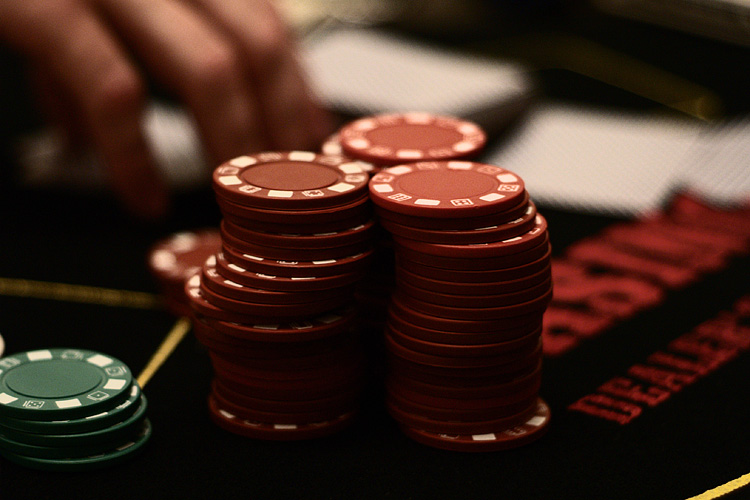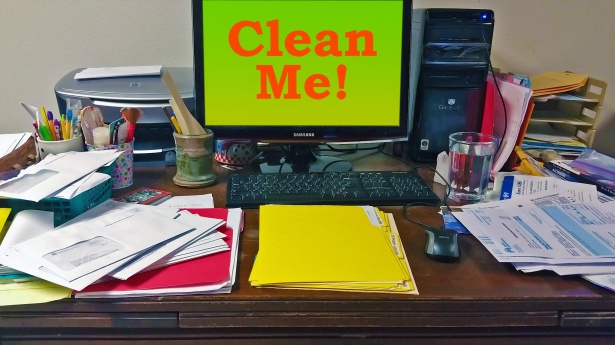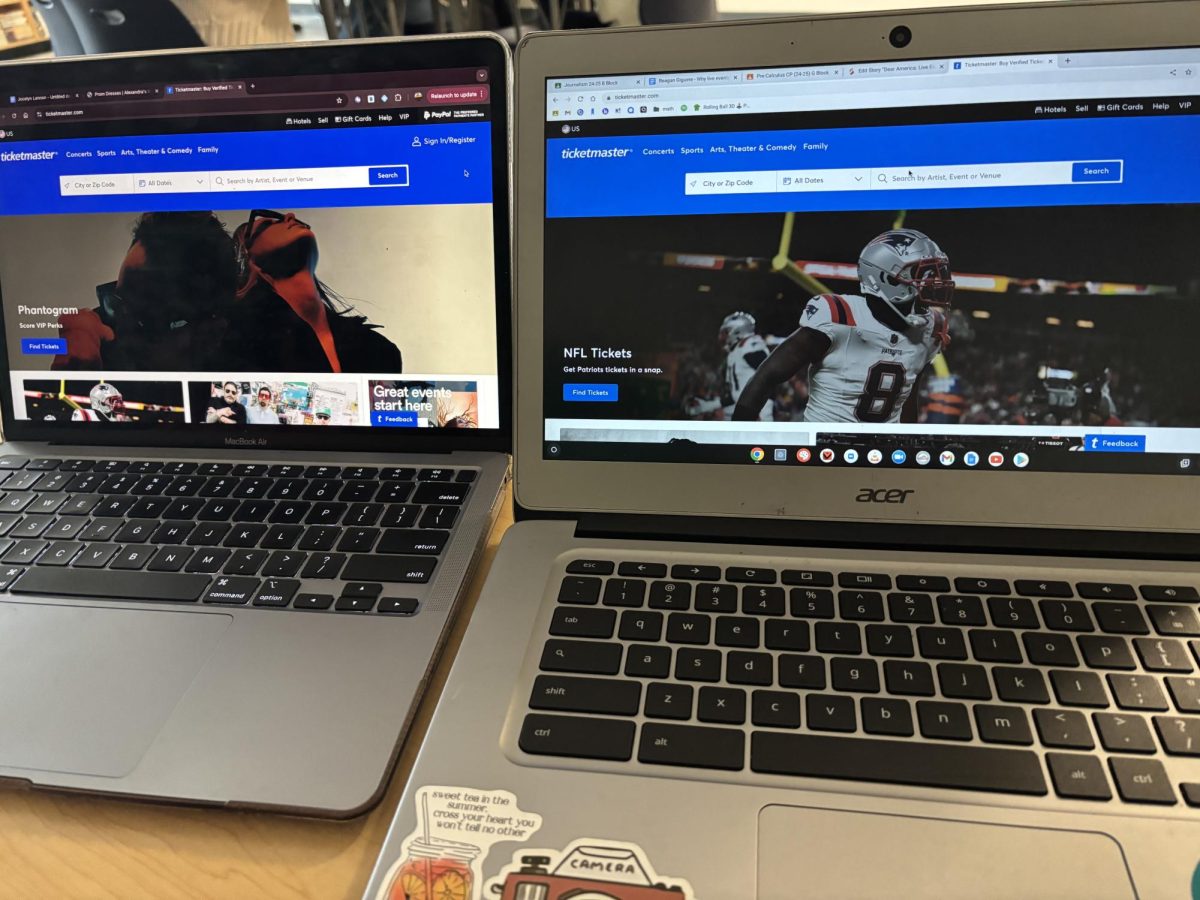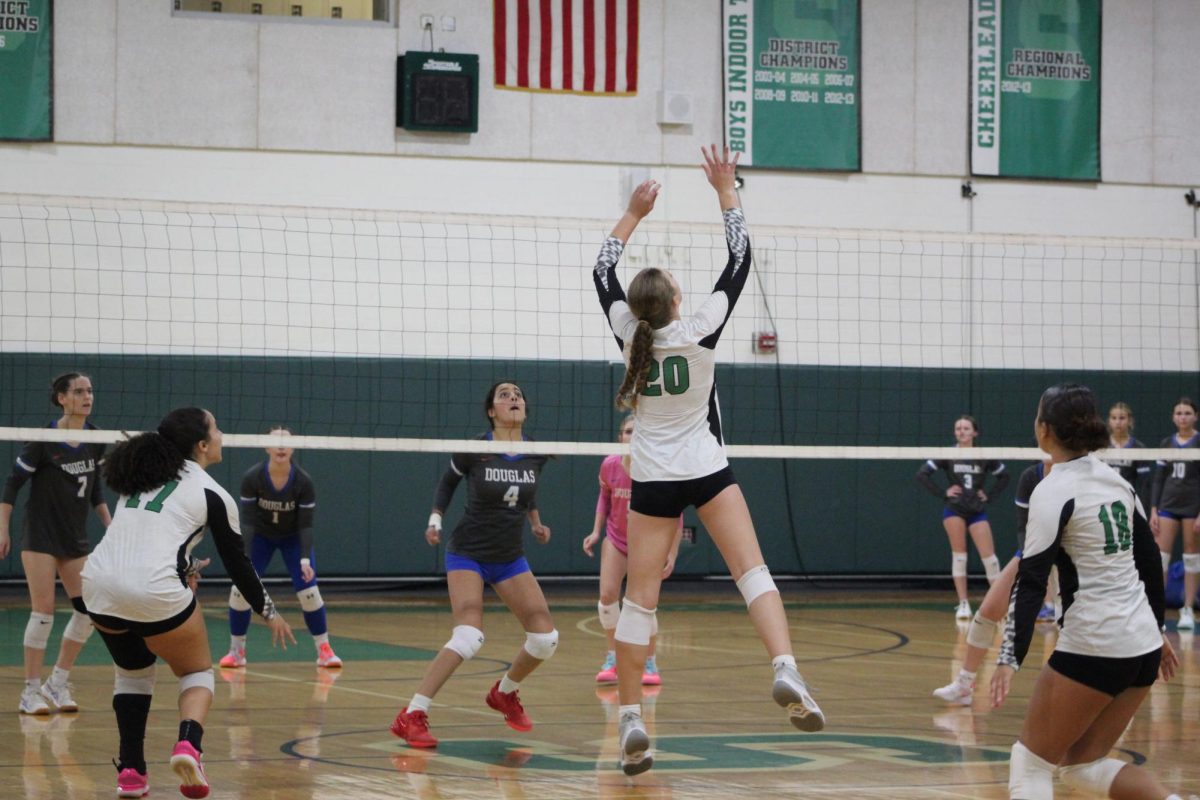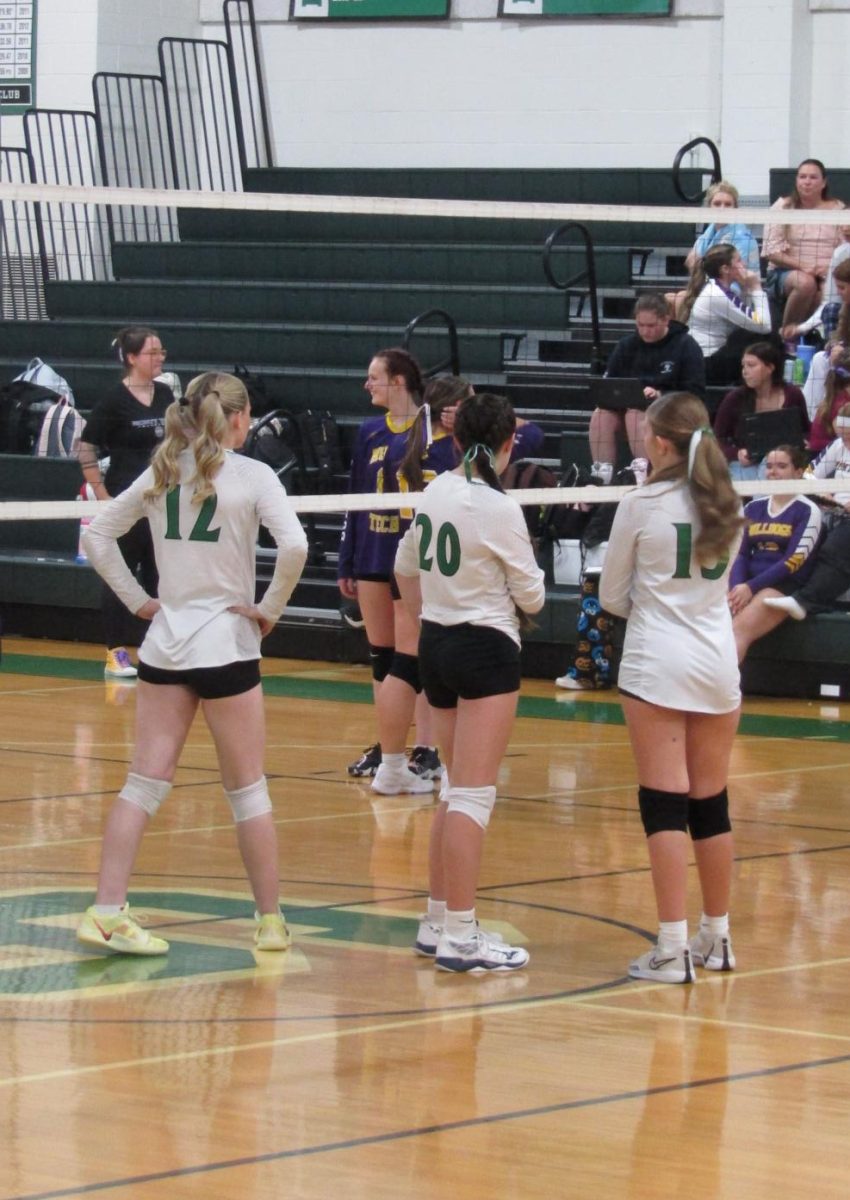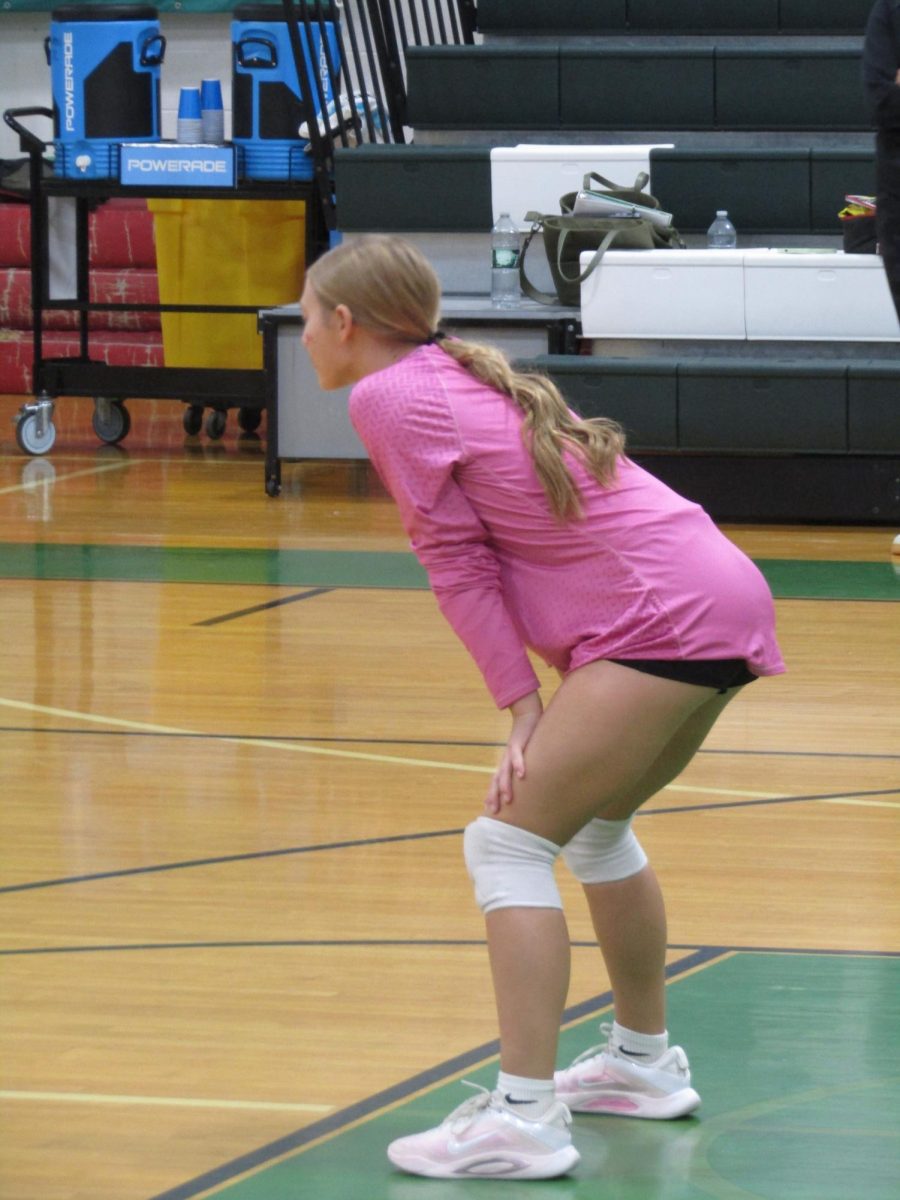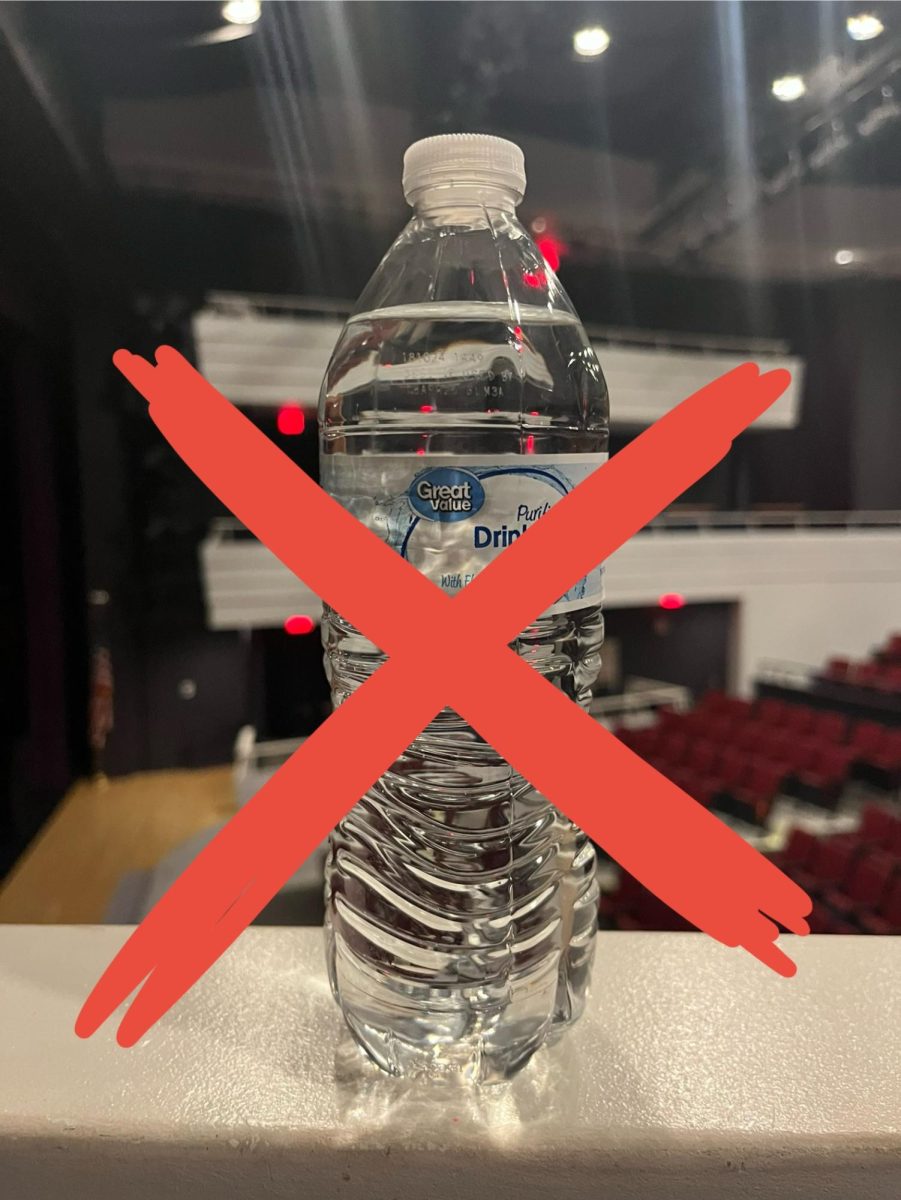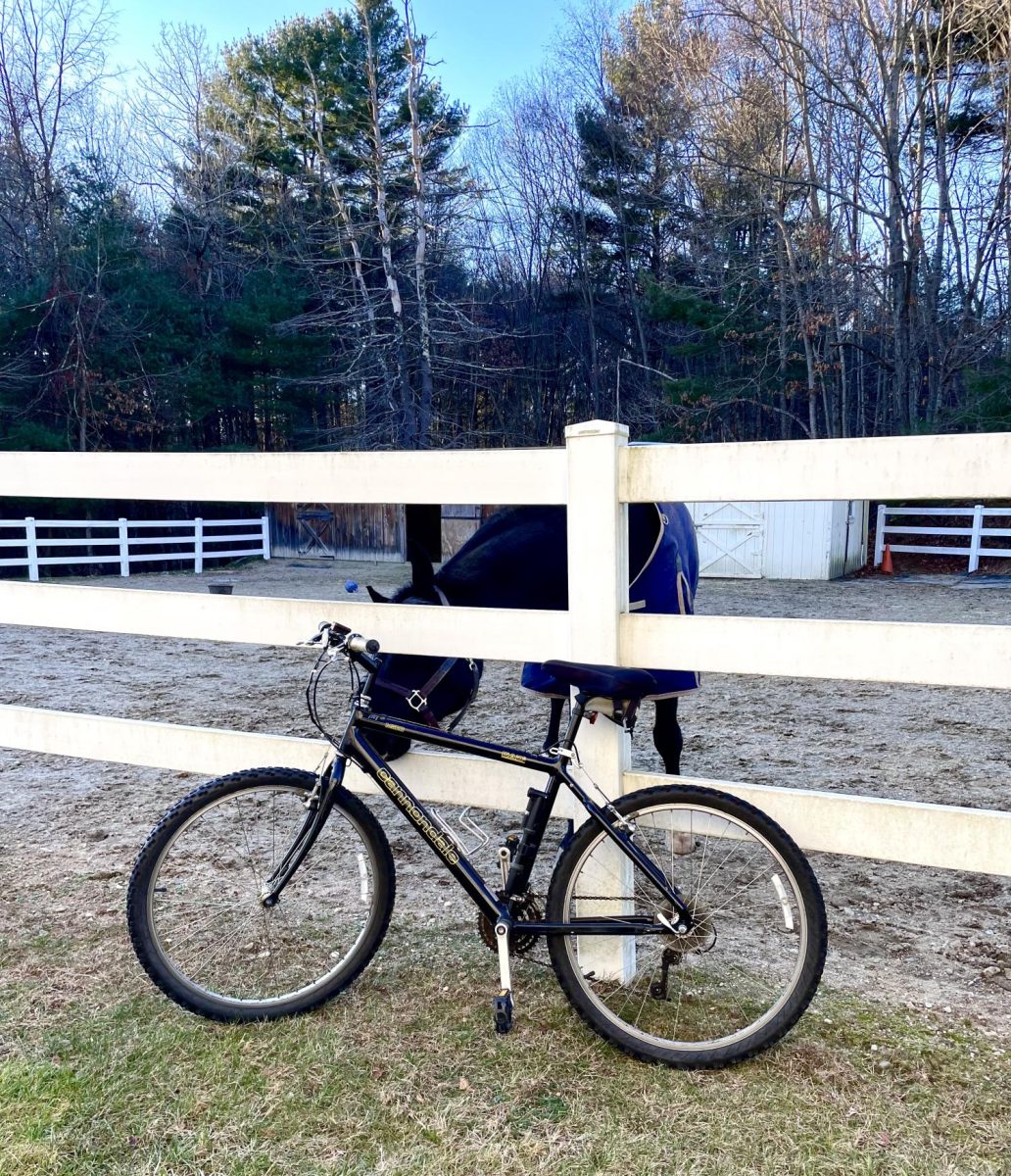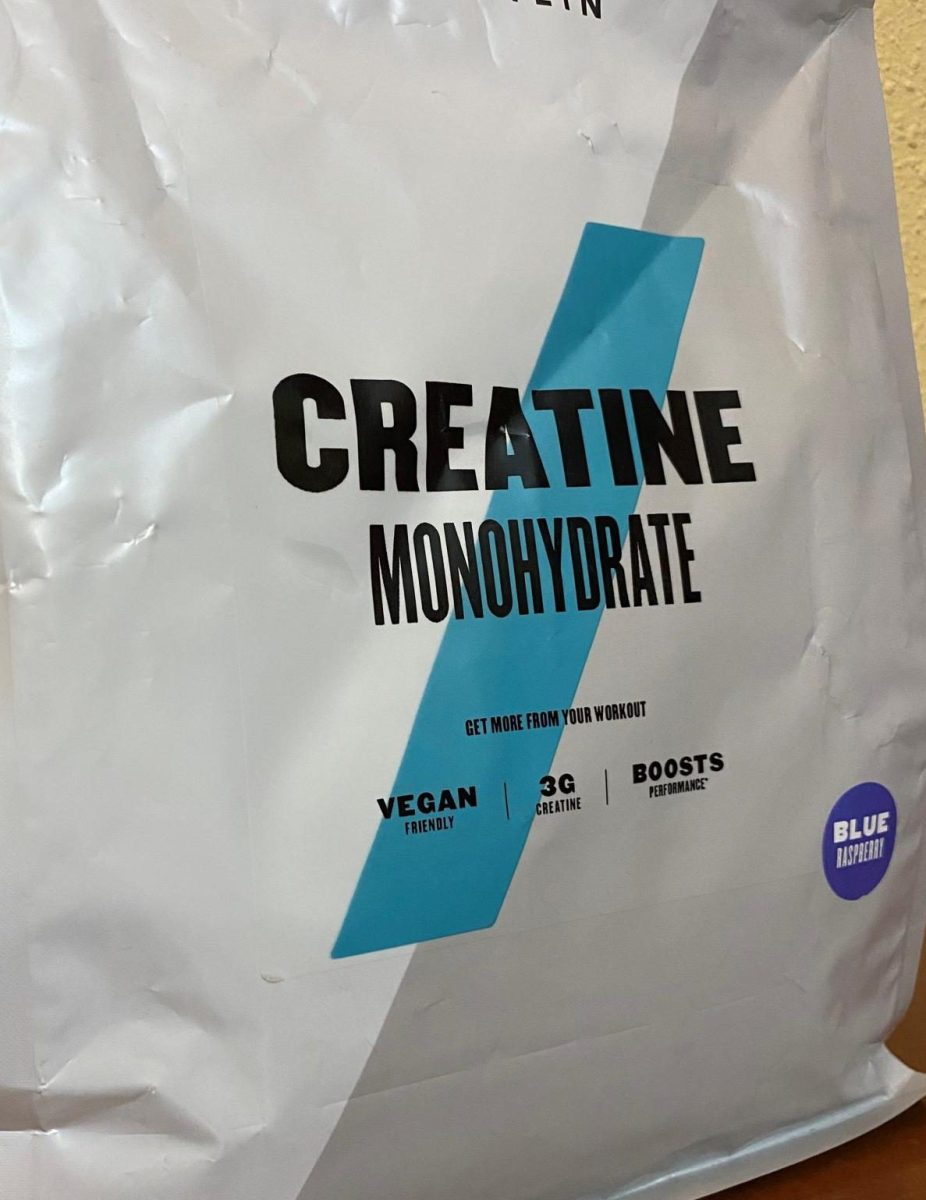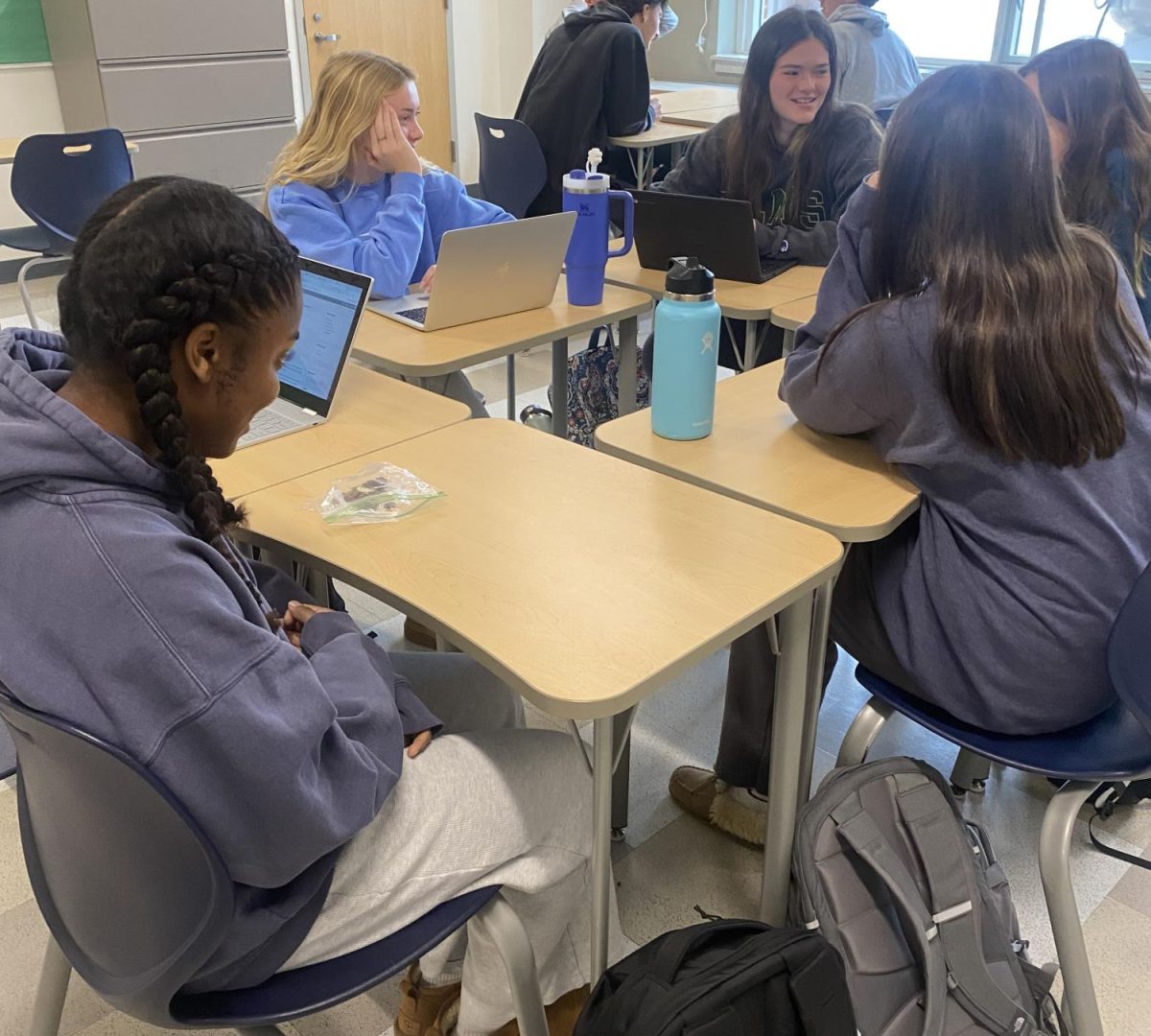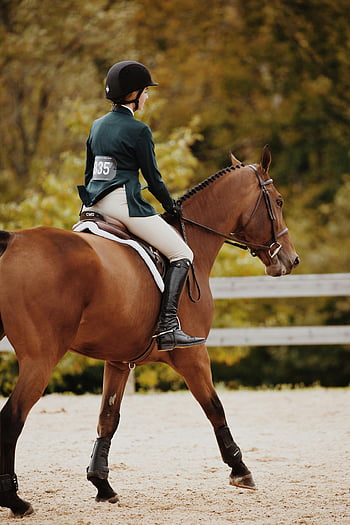The initial start of peer pressure can be found in ancient history when fitting in with the herd was necessary to survive. Now peer pressure is more often associated with adolescents copying the behaviors of others around them, usually in an unsafe atmosphere.
It’s natural for people to compare or associate themselves with others. Many see peers as people they want to fit in with or how they wish to be. Pressure becomes involved because people are influenced by each other because they want to fit in, have what others have, and do what others are doing.
Today, teens are asked to do things with the sense that those things are expected and accepted as ‘normal’ in this age. That’s an immense difference and makes peer pressure that much harder to resist.
The causes of peer pressure are due to lack of self-esteem, fear of rejection, need to fit in, and sometimes even the need to feel safety and security from peers. The pressure to conform can be a hard thing to overcome.
When peer pressure is positive, it pushes you to improve and be at your best. Negative peer pressure, on the other hand, is when someone who is a friend or part of a group you belong to or just an acquaintance makes you feel that you have to do something to be accepted.
Positive peer pressure can help influence others to do something positive or commit to personal growth. Peers who are committed to doing well in school or at a sport can influence others to have more goals and aspirations. Likewise, peers who are kind, loyal, or supportive influence others to be the same. Some examples could be pushing a friend to study more so they get a better grade on their test, convincing your friends to get a job, and convincing them to join a club or after school activity.
Negative peer pressure can decrease self-confidence, self-worth, and make one distance themselves from the people who matter most. The best definition of peer pressure is a feeling that one must do the same things as other people of one’s age and social group in order to be liked and respected. To illustrate examples of negative peer pressure, it could be pressuring someone to drink or use illegal substances. pressuring someone to cause harm to themselves or others, or pressuring someone to change their appearance through shame or negative comments.
Both forms of pressure are evident in society. As we grow older, positive peer pressure can help develop the coping skills necessary for adulthood. It can encourage teens to become more active in their daily lives or to avoid risky behaviors, which can be especially helpful during tough times. Negative peer pressure can lead adolescents in bad directions. It can lead to bullying behavior, alcohol abuse, drug usage and negative body image.
Overall, peer pressure can support or diminish one’s lifestyle. When put into a situation where there is negative peer pressure, don’t be afraid to be upfront with your peers, suggest something else to do, and stand up for yourself and others. Try to find people who share the same values as you so you may never have to find yourself in these situations. The extra effort is worth it.


